- Learning time
- 20 minutes
- First play time
- 80 minutes
Century: Eastern Wonders
Designed by: Emerson Matsuuchi
The third of designer Emerson Matsuuchi’s Century games, Eastern Wonders sees you sailing boats from island to island, establishing trading outposts and selling your spices – in the form of cubes – for points.
The board is created by a random layout of tiles, although the port tiles are always in the same place. Each player has a small board full of wooden outposts, and a ship they place on a tile of their choosing. Turns are simple: you may first move your boat: a single move to an adjacent tile is free, but further movement requires ‘payment’ of spices from your ship dropped off on any tile you pass through. Having moved, you have two standard options to choose from when you stop: Harvest or Market. Harvesting is taking two yellow cubes (ginger) and adding them to your board. To take the market action, you first place an outpost from your board onto the tile (paying any other players who already have an outpost there a cube from your ship) and then you can take the action depicted on the tile, which is always a method of trading spices: there are four types (ginger, chilli, tea, cloves) that have a kind of heirarchy: ginger is relatively easy to get hold of, whereas cloves are trickier to find. This hierarchy is reflected in the trading options: many ginger cubes will only be traded for one clove cube, say, or a single clove cube might give you several cubes in return.
What’s the purpose of all this trading? Each of the four port tiles offer opportunities to sell the right combination of spices in return for points, which is ultimately your goal.
Around this simple hub are a couple of wrinkles: every fourth outpost you build on the board gives you an upgrade of some kind – more space on your boat, an extra cube when harvesting, extra free movement etc – and the amount of outposts you build help you not just in trading options on the board: each one has a number beneath it which – if revealed – counts toward your score at the end of the game.
The guru's verdict
-
Take That!
Take That!
There's no direct interaction, but the fact outposts - unless they're the first built on a tile - have to be paid for; as does sharing a space with another player, gives the game a bit of an edge. When you factor in the fact everyone is trying to gather spices for the same three or four opportunities, then there is a sense of tension.
-
Fidget Factor!
Fidget Factor!
Low, although as with most games your experience may vary depending on who's playing.
-
Brain Burn!
Brain Burn!
Low to moderate. At the start the game is open, and your opportunities are limited by your available cubes (you do begin the game with some). Later, things get trickier...
-
Again Again!
Again Again!
If you like the easy-ish rules and resource-juggling Eastern Wonders has to offer, then the random set-up changes things enough from game to game to keep things fresh.

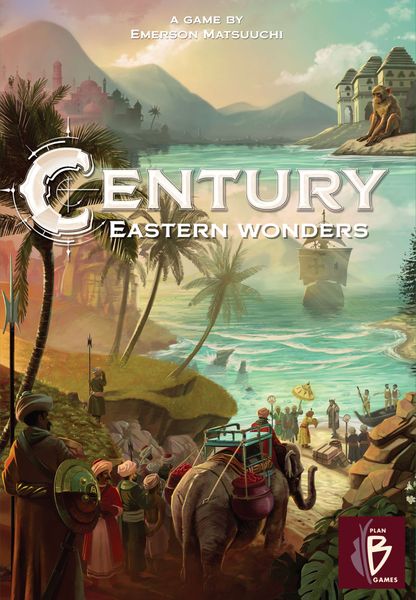


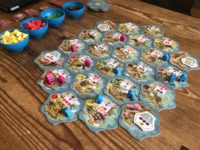

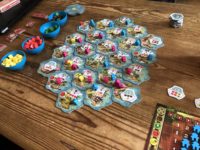


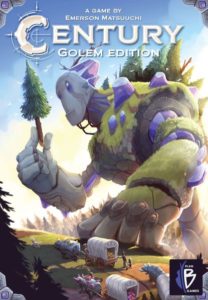
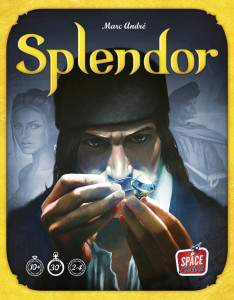

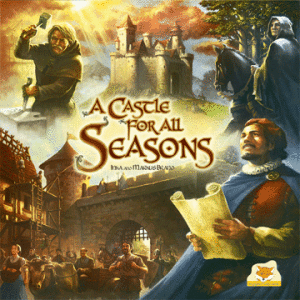
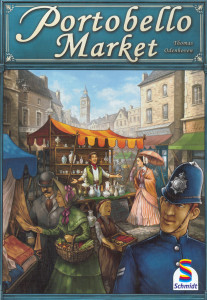
Sam says
I've not played Century: A New World but I found Century: Spice Road to be an okay game, and Eastern Wonders hits a similar mark. If it sounds like I'm damning with faint praise then I should caveat: these games do what they do very well. They're streamlined down to a glossy, un-turbulent sheen: a nicely produced 45min gaming milkshake that succeeds on its own terms. But ultimately it all feels a little bland to me: the basics of gather-stuff to get-different-stuff presented in its simplest form, and with the idiosyncrasies of theme (woodcutting? palace building? beer-brewing?) or wrinkles of design choices buffed away, my interest and enthusiasm ebbs away with it. Definitely not recommended for two: the board is far too open, and the more interesting decisions and tension come with more players.